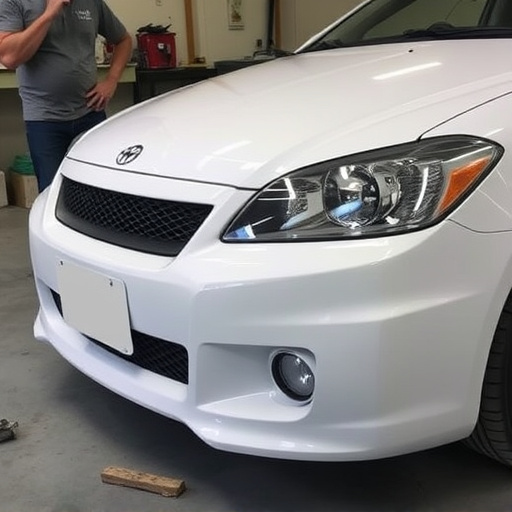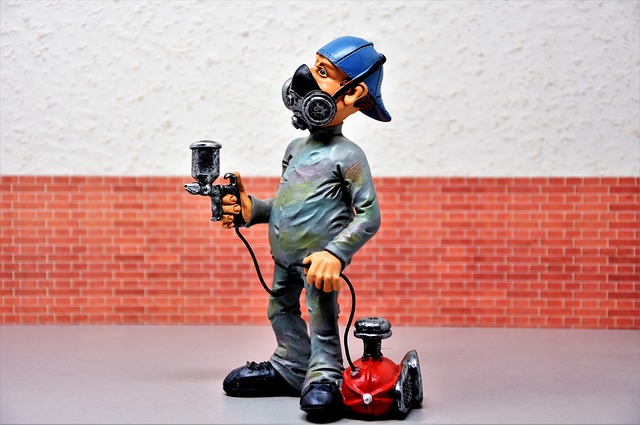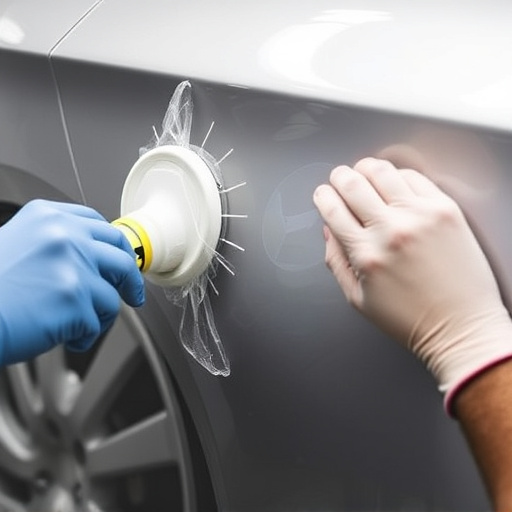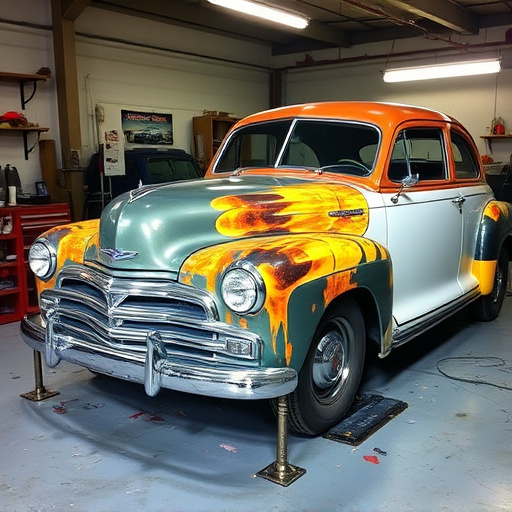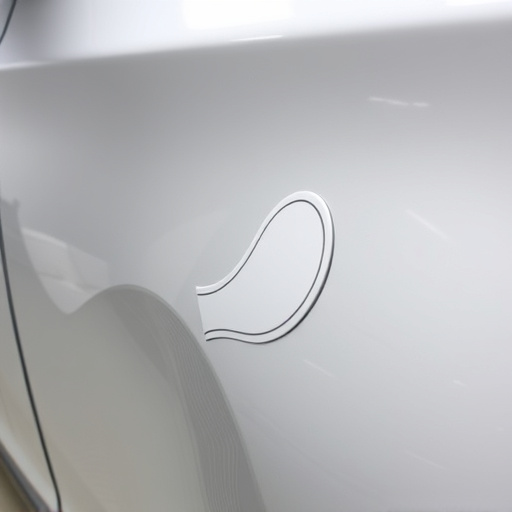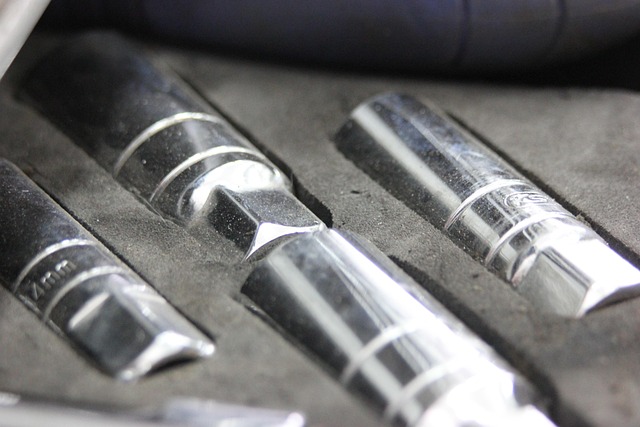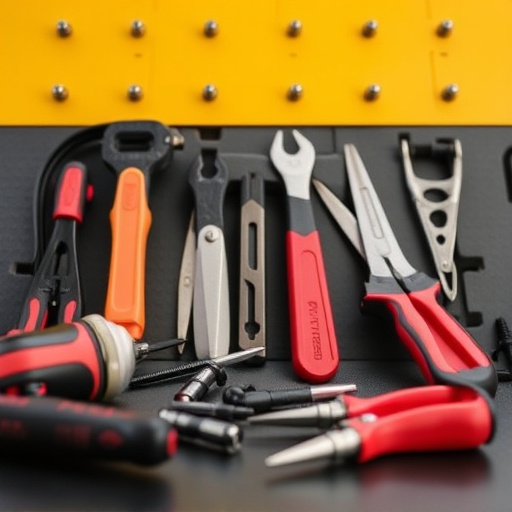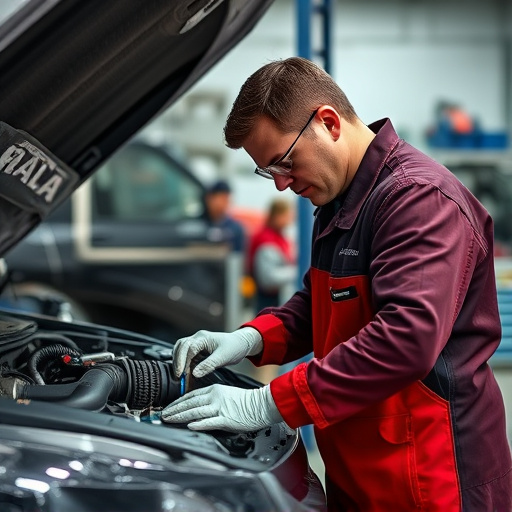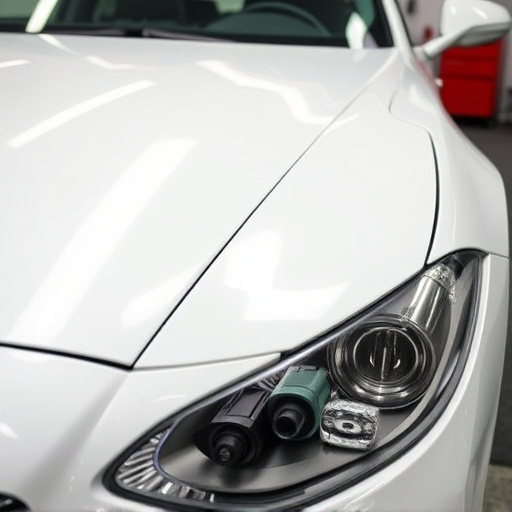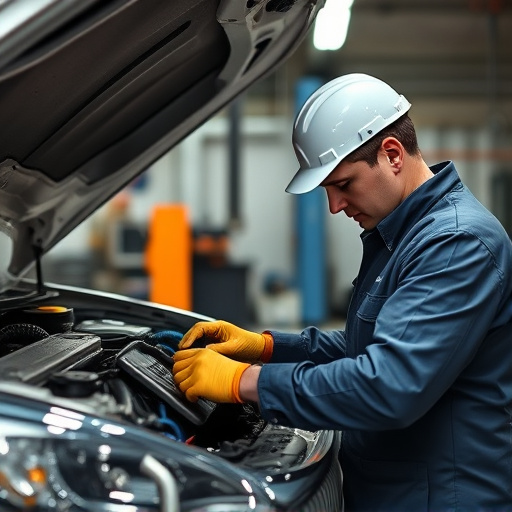Meticulous tear-down process is vital for accurate estimating high-performance vehicle repairs. Digital documentation and specialized software ensure transparent estimates, precision, efficiency, and customer satisfaction. Comprehensive evaluation includes structural integrity, accident damage, wear and tear, chassis, suspension, engine, and panel beating.
In the realm of high-performance vehicle repairs, a thorough tear down is essential for accurate estimating. This process involves meticulously disassembling the vehicle to assess damage and identify necessary components for replacement or reconstruction. Understanding this method is crucial for mechanics and estimators alike. By deconstructing the vehicle’s intricate tapestry, from engine blocks to suspension systems, professionals can provide precise cost estimates. This article explores the tear down process, key components to consider, and advanced estimation techniques to ensure successful and cost-effective repairs.
- Understanding the Tear Down Process
- Components to Consider for Estimate
- Accurate Estimation Techniques
Understanding the Tear Down Process
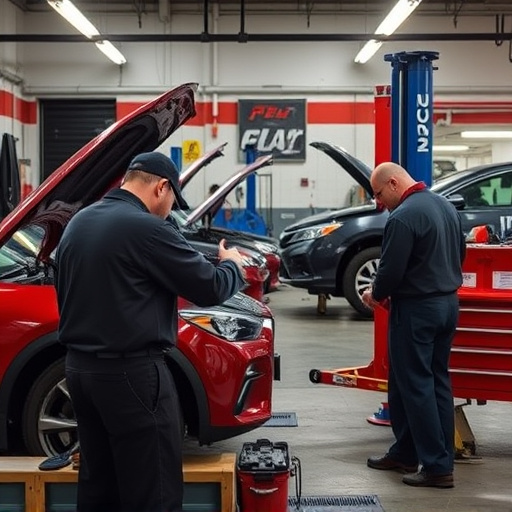
The tear down process is a meticulous step-by-step evaluation that forms the foundation for accurate estimating in high-performance vehicle repairs. It involves a comprehensive disassembly of the car, breaking it down to its core components. This methodical approach allows auto repair shops to identify every part requiring attention and assess the extent of the necessary work. By meticulously documenting each step, fleet repair services can provide customers with transparent estimates, ensuring they understand the scope of repairs required for their high-performance vehicles.
This detailed process is crucial when dealing with intricate car body repair, as it enables shops to account for unique challenges and specialized parts commonly found in these types of vehicles. An efficient tear down not only saves time but also minimizes errors, resulting in higher customer satisfaction. Many auto repair shops have streamlined this procedure through digital documentation and advanced software, making the entire estimating process more precise and efficient.
Components to Consider for Estimate
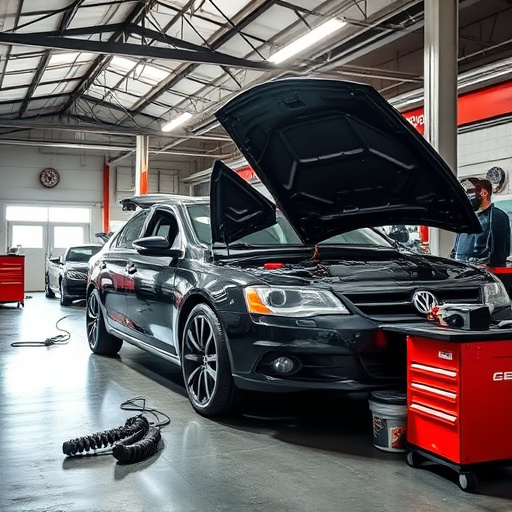
When preparing a tear down for estimate on a high-performance vehicle, several key components must be considered to ensure an accurate and comprehensive assessment. The first step is to thoroughly inspect the vehicle, identifying any damage from previous accidents or wear and tear. This includes examining the chassis, suspension systems, engine components, and the overall structural integrity of the car.
Additionally, evaluating the need for specialized services like car paint repair or auto maintenance is crucial. High-performance vehicles often have unique features and materials that require specific techniques and knowledge to repair. For instance, if the vehicle has suffered a vehicle collision repair, it’s important to factor in parts replacement, panel beating, and any necessary adjustments to ensure optimal performance post-repair.
Accurate Estimation Techniques
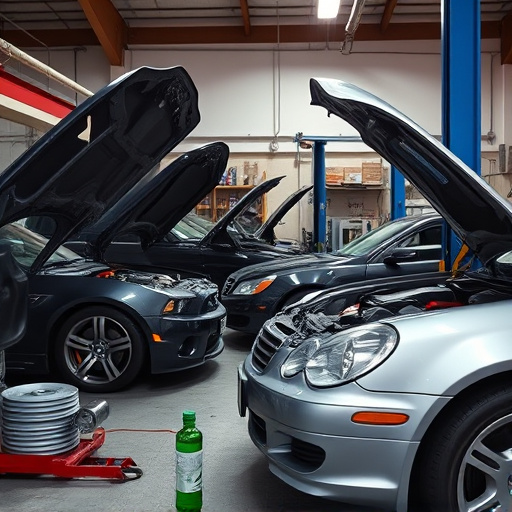
To achieve accurate estimates for high-performance vehicle repairs, a meticulous “tear down” process is essential. This involves completely disassembling the car to its bare components, meticulously documenting each step, and evaluating the condition of every part. By carefully examining the vehicle’s structure, engine, transmission, and other critical systems, technicians can identify worn or damaged areas that require replacement or repair.
This comprehensive approach, often combined with specialized software tools, allows for precise identification of parts needed and facilitates more exact calculations of labor and material costs. The end result is an estimate that closely aligns with the actual cost of car body restoration, classic car restoration, or vehicle body repair, ensuring customers receive transparent pricing and a high-quality repair experience tailored to their high-performance vehicle’s unique needs.
When it comes to high-performance vehicle repairs, a thorough understanding of the tear-down process and its components is key to providing accurate estimates. By employing effective estimation techniques, mechanics can ensure efficient job completion and customer satisfaction. Remember, a detailed breakdown (literally and figuratively) allows for precise budgeting and sets the stage for successful repairs.
